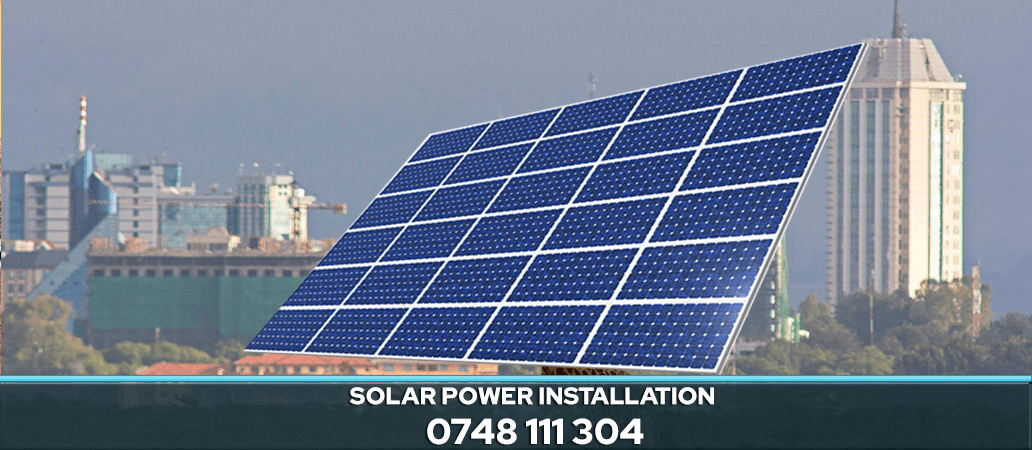Solar Power Panels Installation in Kenya: A Comprehensive Guide
In Kenya, the utilization of Solar Power Panels is gaining momentum due to its reliability and sustainability. However, installing these panels requires careful consideration and planning to avoid common problems that may arise during and after installation. This guide aims to provide valuable insights into Solar Power Panels Installation in Kenya, common issues encountered, their solutions, and the types of accessories used in the process.
Common Problems and Solutions
Shading Issues
One of the most common problems faced during Solar Power Panels Installation in Kenya is shading. Shading occurs when nearby objects such as trees, buildings, or other obstructions cast shadows on the panels, reducing their efficiency. To mitigate this issue, strategic placement of panels and regular trimming of surrounding vegetation is necessary.
Poor Positioning
Improper positioning of Solar Power Panels can lead to suboptimal performance. Panels should ideally face south in the northern hemisphere to maximize sunlight exposure. Additionally, the tilt angle should be adjusted according to the latitude of the installation site. Regular monitoring and adjustments are essential to ensure panels are properly positioned for maximum efficiency.
Dust and Debris Accumulation
Dust and debris accumulation on the surface of Solar Power Panels can significantly reduce their efficiency over time. Regular cleaning and maintenance are necessary to remove dirt and debris. In areas prone to dust storms, investing in automated cleaning systems or scheduling periodic cleaning by professionals can help maintain panel efficiency.
Inverter Failures
Inverters are crucial components of a solar power system as they convert DC electricity generated by the panels into AC electricity suitable for household use. Inverter failures can occur due to various reasons such as overheating, voltage spikes, or manufacturing defects. Regular maintenance and timely replacement of inverters can prevent system downtime and ensure continuous power generation.
Types of Accessories Used
Mounting Structures
Mounting structures provide support for Solar Power Panels and ensure they are securely attached to the roof or ground. Common types of mounting structures include roof mounts, ground mounts, and pole mounts. The choice of mounting structure depends on factors such as roof type, available space, and environmental conditions.
Charge Controllers
Charge controllers regulate the flow of electricity from the solar panels to the battery bank, preventing overcharging and prolonging battery life. MPPT (Maximum Power Point Tracking) and PWM (Pulse Width Modulation) are two common types of charge controllers used in solar power systems. MPPT controllers are more efficient and suitable for larger installations, while PWM controllers are more cost-effective for smaller systems.
Batteries
Batteries store excess electricity generated by Solar Power Panels for use during periods of low sunlight or at night. Deep-cycle batteries such as lead-acid, lithium-ion, and gel batteries are commonly used in solar power systems. The choice of battery depends on factors such as storage capacity, cycle life, and cost.
Estimated Cost of Services and Labour Charges
The cost of Solar Power Panels Installation in Kenya varies depending on factors such as system size, quality of components, and installation complexity. On average, the cost of a residential solar power system in Kenya ranges from 200,000 Ksh to 1,000,000 Ksh, including equipment and installation.
Labour charges for Solar Power Panels Installation typically range from 20,000 Ksh to 100,000 Ksh, depending on the size of the system and the complexity of the installation. It is advisable to obtain quotes from multiple reputable installers and compare the services offered before making a decision.
Solar Power Panels Installation in Kenya offers a sustainable and cost-effective solution for meeting energy needs. By addressing common problems such as shading, poor positioning, and maintenance issues, solar power system owners can ensure optimal performance and longevity of their investment. With the right accessories and professional installation services, harnessing solar energy can contribute to a greener and more sustainable future for Kenya

